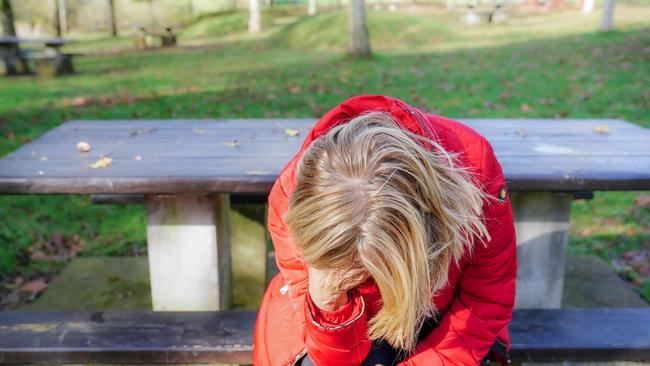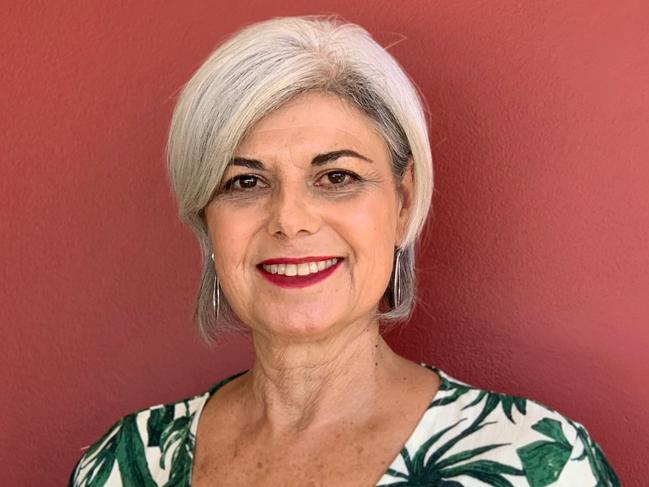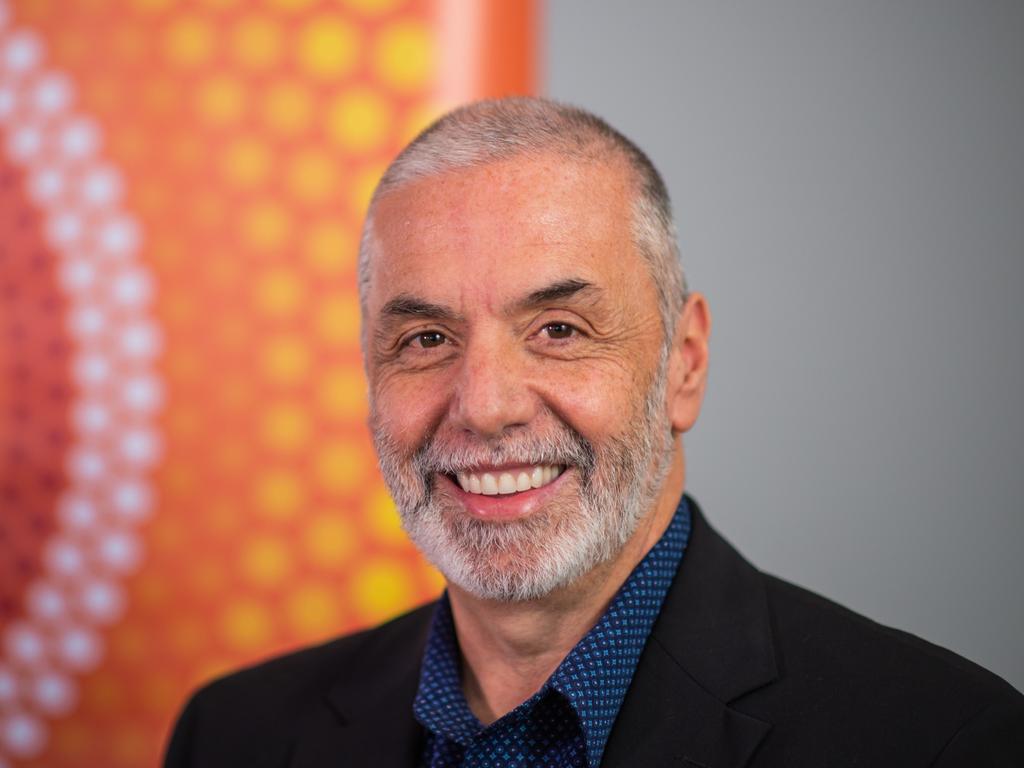National suicide strategy kicked down the road, advocates warn
A delay in finalising a national suicide strategy is leaving support services uncertain about their future, advocates say.

The Albanese government’s months-long delay in releasing its National Suicide Prevention Strategy is putting the lives of the most vulnerable Australians at risk as ongoing funding uncertainty sees support workers leaving the sector at a time of record demand for services, advocates warn.
With $114m in federal funding for 31 national suicide prevention organisations set to expire in June 2025, the new strategy will provide a blueprint for how to invest in suicide prevention.
But the continued absence of a strategy made the future uncertain for support groups and their programs, Suicide Prevention Australia chief executive Nieves Murray said. Workers were taking up more secure employment elsewhere, risking clients falling through the cracks, she said.
“There’s been a significant delay in getting the strategy through the government process and out for consultation with the sector,” Ms Murray said. “The longer this takes, the closer we get to the funds drying up.

“We had been told the strategy would be released for public consultation in the early part of this year, but here we are still waiting for it.”
Ms Murray said programs needed funding certainty in order to plan.
“This is more than just the crisis lines. The data shows us that only about half the people who die by suicide have touched the mental health system. It’s financial distress, losing a job, relationship breakdown.
“That’s why the funding of these programs is so important, because they go beyond the traditional mental health lens to focus on particularly vulnerable cohorts, such as First Nations communities and middle aged men,” she said.
The National Suicide Prevention Strategy, in development since late 2022, is meant to chart a 10-year road map for the federal government to prevent suicide. It is being put together by the National Suicide Prevention Office, formed in 2021 with the aim of eliminating suicide.
More than 3000 Australians died by suicide in 2022, the most recent year for which statistics are available. Groups particularly at risk include First Nations, LGBTQI+ and people living in rural and regional areas.
In April this year Lifeline reported a record number of contacts for one day.
The sector was expecting the strategy to be open for consultation early in the year, and at the latest at the national suicide prevention conference in April. The NSPO is understood to have delivered it to the government months ago.

Last month 45 organisations including Lifeline, headspace and the Black Dog Institute wrote an open letter to federal Health Minister Mark Butler calling for the release of the strategy before World Suicide Prevention Day in September.
“Failure to release the strategy in this time frame could result in … the erosion of community trust in the federal government and the risk of impacting service delivery,” the letter said.
Ms Murray was more blunt.
“The government is kicking the can down the road. Enough is enough,” Ms Murray said. It’s time to stop the paper shuffling, naval gazing and report writing,” she said.
“Not having a strategy means we’re asleep at the wheel at a critical time where Australians are struggling.
Mr Butler’s spokesman said the government was “currently considering advice from the NSPO in relation to the strategy and we expect that a public consultation process will commence soon.”







To join the conversation, please log in. Don't have an account? Register
Join the conversation, you are commenting as Logout